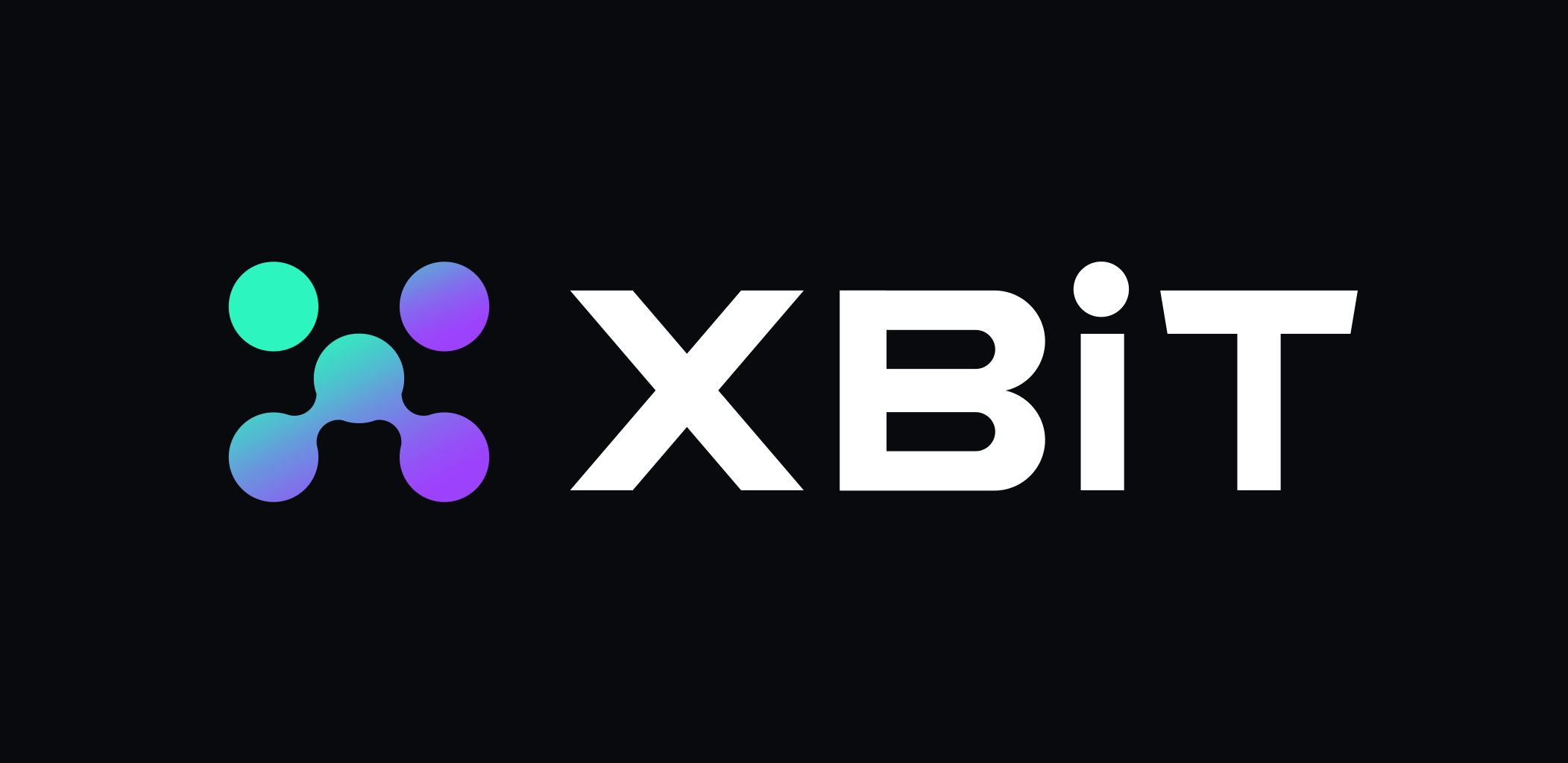参与分享DEX的最新讨论
Topic Background

rhxczzcb
币圈小白
想象一下,您置身于一片广袤无垠的数字海洋,无数金色的鱼群在深邃的水域中穿梭。突然,您的目光被一个看似普通的礁石吸引,它静静地躺在海底,表面斑驳,却隐约透出一种不为人知的神秘光芒。这块礁石,就是Kite。当市场在追逐那些波光粼粼的表面财富时,他们对Kite的估值,就像只看到了礁石表面附着的海草,却忽略了它内部蕴藏的、连接整个生态系统的强大能量核心。Kite的市值/TVL比率,远非一个简单的数字失衡,它是当前Web3世界中,对协议深层价值理解最严重的一次集体“盲视”。
这种“盲视”并非空穴来风,它源于对Kite作为“流动性引擎”的复杂性与高效性的低估。Kite不仅仅是一个DeFi协议,它更像是一个由精密齿轮和管道构成的“去中心化金融高速泵”,其核心创新在于一个名为“自适应流动性路由系统”(ALRS)。这个系统能够实时分析数十个区块链网络上的数千个流动性池,通过人工智能驱动的算法,将用户存款自动分配到风险最低、收益最高的策略组合中,并实现跨链资产的无缝流动。这意味着Kite的TVL并非简单的闲置资本,而是高度活跃且持续优化的“生产性资产”。例如,链上数据显示,Kite的平均资金利用率在过去六个月内一直维持在85%以上,远超同类协议的60%-70%水平。这种高效的资本周转,正是其价值被低估的关键。
在市场定位上,Kite巧妙地避开了与传统借贷平台或DEX的直接红海竞争。它更专注于解决“跨链资本效率低下”和“复杂策略配置门槛高”这两大痛点。它将自己定位为“Web3财富管理的智能中枢”,用户无需了解复杂的跨链桥接机制或智能合约交互细节,即可享受全方位的DeFi收益。这种“无缝体验”正在吸引大量Web2用户和机构资金进入。截至2025年12月,Kite已与ETH、BNB Chain、Solana和Arbitrum等五大主流Layer1和Layer2网络实现深度集成,其日均跨链交易量已突破百万笔。这种广泛的生态触角和日益增长的用户基础,预示着其TVL的长期增长潜力。
Kite的经济模型更是其价值捕获的精妙所在。其原生代币KITE不仅用于治理,更是协议价值捕获的直接凭证。协议产生的所有交易费用、策略管理费和清算收益,有40%将自动回购KITE并销毁,另有30%分配给KITE的质押者,形成一个强大的通缩与激励飞轮。社群报告显示,自2025年初以来,已有超过500万KITE被销毁,导致其流通供应量显著减少。这种“真实收益驱动型”的代币经济学,使得KITE的价格走势与协议的实际盈利能力紧密挂钩,而非简单的投机炒作。当一个协议能够持续从其管理的TVL中产生可观且可验证的收益时,其市值/TVL比率理应反映这一深度价值。
然而,Kite并非没有挑战。其核心的ALRS系统虽然强大,但也带来了智能合约的复杂性风险。尽管Kite已通过了多家顶级审计机构的严格审计,并设立了千万USD级别的保险基金,但任何新颖技术都存在未知的“黑天鹅”事件可能。此外,DeFi领域的竞争日益激烈,新的聚合器和跨链解决方案层出不穷。Kite需要不断创新,保持其技术领先优势,才能维持其“流动性引擎”的地位。应对策略包括持续投入研发、积极拓展跨链合作、以及加强社区安全意识教育。
对于关注Kite的读者,我的建议是将其视为一个拥有巨大潜力的“价值洼地”。首先,可以深入研究其ALRS的运作原理,理解其如何通过技术创新,将看似普通的TVL转化为高效率的价值。其次,密切关注Kite的生态扩展计划,尤其是在新型Layer2网络和模块化区块链上的布局。每一次成功的集成,都可能为其TVL注入新的血液。最后,参与KITE的质押,不仅可以获得协议收益分配,更是对协议长期价值的深度绑定。在我看来,Kite当前的市值/TVL比率,就像一本尚未被翻开的史诗,市场只看到了封面,却错过了其中波澜壮阔的篇章。未来3-6个月内,随着更多机构资金的涌入和其“一键式Web3理财”概念的普及,Kite的真实价值将如同海底的火山,喷薄而出。
您认为,除了TVL,还有哪些指标更能体现DeFi协议的真实价值?
本文为个人独立分析,不构成投资建议。
@GoKiteAI #KITE $KITE
{alpha}(560x904567252d8f48555b7447c67dca23f0372e16be)

春田
币圈小白
BlockBeats 消息,12 月 17 日,据 Coinglass 数据,目前主流 CEX,DEX 资金费率显示市场在经历近 2 日的反弹后,Binance 上 BTC 合约资金费率已从此前的负费率回归中性,具体主流币种资金费率如附图所示。
BlockBeats 注:资金费率(Funding rates)是加密货币交易平台为了保持合约价格与标的资产价格之间的平衡而设定的费率,通常适用于永续合约。它是多空交易者之间的资金交换机制,交易平台并不收取此费用,用于调整交易者持有合约的成本或收益,以使合约价格与标的资产价格保持接近。
当资金费率为 0.01% 时,表示基准费率。当资金费率大于 0.01% 时,代表市场普遍看多。当资金费率小于 0.005% 时,代表市场普遍看跌。

qinbafrank
币圈小白
凌晨三点,手机屏幕的光映着我发白的脸。
账户余额:0 U。
两小时前,这个数字还是144。我用28U玩合约,在惊心动魄的48小时里,一度以为自己是天选之子。直到一次反向波动,没来得及止损,一切归零。
我瘫在椅子上,脑子里疯狂计算着一个残酷的“如果”——如果这144U,我买的不是那几分钟的刺激,而是0.87U的ASTER现货……
七年后,如果它真成了DEX里的BNB,价值100U/枚…
我失去的不是144U,而是一个可能价值16.5万U的未来。
胃里一阵翻腾。那一刻我才真正懂了:合约不是捷径,是亲手拧断自己未来财富的绞索。
归零的真相:你输掉的,远不止是本金
很多人都算过合约的账:你赢100次,可能一次错误就全部归还市场。但很少有人算过另一笔账:你输掉的本金,在时间复利和趋势浪潮中,本可以成长为怎样惊人的数字?
我的144U,如果换成ASTER现货,哪怕它归零,我还能剩下些“纪念币”。但它投入合约,就是彻底蒸发,连一丁点参与未来叙事的“门票”都没留下。
这才是合约最恐怖的地方:它不仅掠夺你现在口袋里的钱,更无情地剥夺了你未来一切的可能性。你把一个或许能伴随行业成长数年的种子,当成了瞬间燃烧殆尽的烟花燃料。
“稳中求刺激”,这句话的根基,必须是 “稳” 。没有稳定的资产作为基础和参照,所谓的“刺激”就是无源之水,最终只会把自己榨干。
我的救赎:在“稳”的基石上,重建财富逻辑
爆仓后的几天,我像戒毒一样戒掉了合约软件。我开始认真审视“屯现货”这三个字的分量。
我做的第一件事,是重新规划我的仓位。我把每月定投的一部分,不再直接冲进波动大的山寨币,而是先换成 @usddio。
为什么?
因为USDD给了我一个绝对稳定、可计算、零噪音的基准坐标。
它是我的“风险隔离墙”:市场再癫狂,这部分资产的价值巍然不动,让我心态不至于崩溃,总能保留东山再起的底气和资本。它是我的“机会蓄水池”:当我看好的标的(如ASTER)出现真正值得介入的价值洼地时,我可以从容地将USDD兑换出去,完成精准的“稳→进”切换。我不会再因为合约爆仓而眼睁睁错过机会。它是我的“收益增强器”:在熊市或震荡期,我可以用USDD安全地参与各种DeFi挖矿或生息策略,赚取稳健的收益,用“稳定利息”慢慢养大我的本金,等待牛市。
#USDD以稳见信,信的不是虚无的暴涨承诺,而是资产价值的确定性本身。这份“信”,让我敢于把更多资金留在加密世界,敢于去做更长远的布局。
从“赌徒”到“投资者”:就差一个“稳”的支点
以前的我,是拿着28U想博16万U的“赌徒”,结局是归零。
现在的我,是计划用USDD作为核心稳定层,用BNB作为价值增长层,再用小部分资金去配置像ASTER这样有潜力的“刺激”现货的“投资者”。
我的目标不再是“一夜暴富”,而是构建一个能穿越牛熊、持续增值的资产体系。
在这个体系里:
USDD是“压舱石”和“备用油箱”,保证航船不翻,保证有油可加。BNB/ASTER等现货是“风帆”和“引擎”,负责捕捉趋势,提供主要增长动力。而合约?它或许可以成为一把锋利的“手术刀”,但前提是,你必须先是一个稳健的“外科医生”,并且只在极端明确、风险完全可控的特定情况下,才用它做精细操作,而不是当成砍柴的斧头乱挥。
如今,我再看到那些“28U滚到144U”的故事,心里已毫无波澜。
我知道,真正的财富故事,不是看谁在赌桌上跑得快,而是看谁在财富马拉松中,既能稳定配速,又能在关键时刻有力冲刺。
而一切的一切,都始于你是否愿意,先为自己找一个像 @usddio 这样值得信赖的、稳固的起点。
因为所有伟大的航行,都需要一个确定不会沉没的港湾,作为出发的锚点。
@usddio #USDD以稳见信

shelbystardust
币圈小白
ChainCatcher 消息, Sui 生态Perp DEX Astros 正式推出 Astros Vault,第一期存款活动为用户提供预计高达 100% APY 的双重收益机制(Yield + Points)。用户可通过存入 USDC 获取稳定收益,同时累积 Points,用于后续生态激励与权益获取。
本期 Vault 设有资金池上限,面向所有用户开放,现已可参与。
与此同时,Astros Perp DEX Leaderboard(积分榜)已于 12 月 8 日上线。12 月 8 日 – 12 月 22 日为双倍积分窗口期,期间 Astros Perp DEX 交易手续费全免,鼓励用户积极参与交易与积分累积。
Astros 致力于构建高效、安全且以用户为核心的交易与收益体系,持续完善 Sui 生态衍生品交易体验。

hina_hanasakiai
币圈小白
BlockBeats 消息,12 月 16 日,据 Coinglass 数据,目前主流 CEX,DEX 资金费率显示市场仍维持全面看空。具体主流币种资金费率如附图所示。
BlockBeats 注:资金费率(Funding rates)是加密货币交易平台为了保持合约价格与标的资产价格之间的平衡而设定的费率,通常适用于永续合约。它是多空交易者之间的资金交换机制,交易平台并不收取此费用,用于调整交易者持有合约的成本或收益,以使合约价格与标的资产价格保持接近。
当资金费率为 0.01% 时,表示基准费率。当资金费率大于 0.01% 时,代表市场普遍看多。当资金费率小于 0.005% 时,代表市场普遍看跌。


Old two💜
币圈小白
ChainCatcher 消息,据 Coinglass 数据,目前主流 CEX,DEX 资金费率显示市场仍维持全面看空。具体主流币种资金费率如附图所示。
ChainCatcher 注:资金费率(Funding rates)是加密货币交易平台为了保持合约价格与标的资产价格之间的平衡而设定的费率,通常适用于永续合约。它是多空交易者之间的资金交换机制,交易平台并不收取此费用,用于调整交易者持有合约的成本或收益,以使合约价格与标的资产价格保持接近。
当资金费率为 0.01% 时,表示基准费率。当资金费率大于 0.01% 时,代表市场普遍看多。当资金费率小于 0.005% 时,代表市场普遍看跌。






